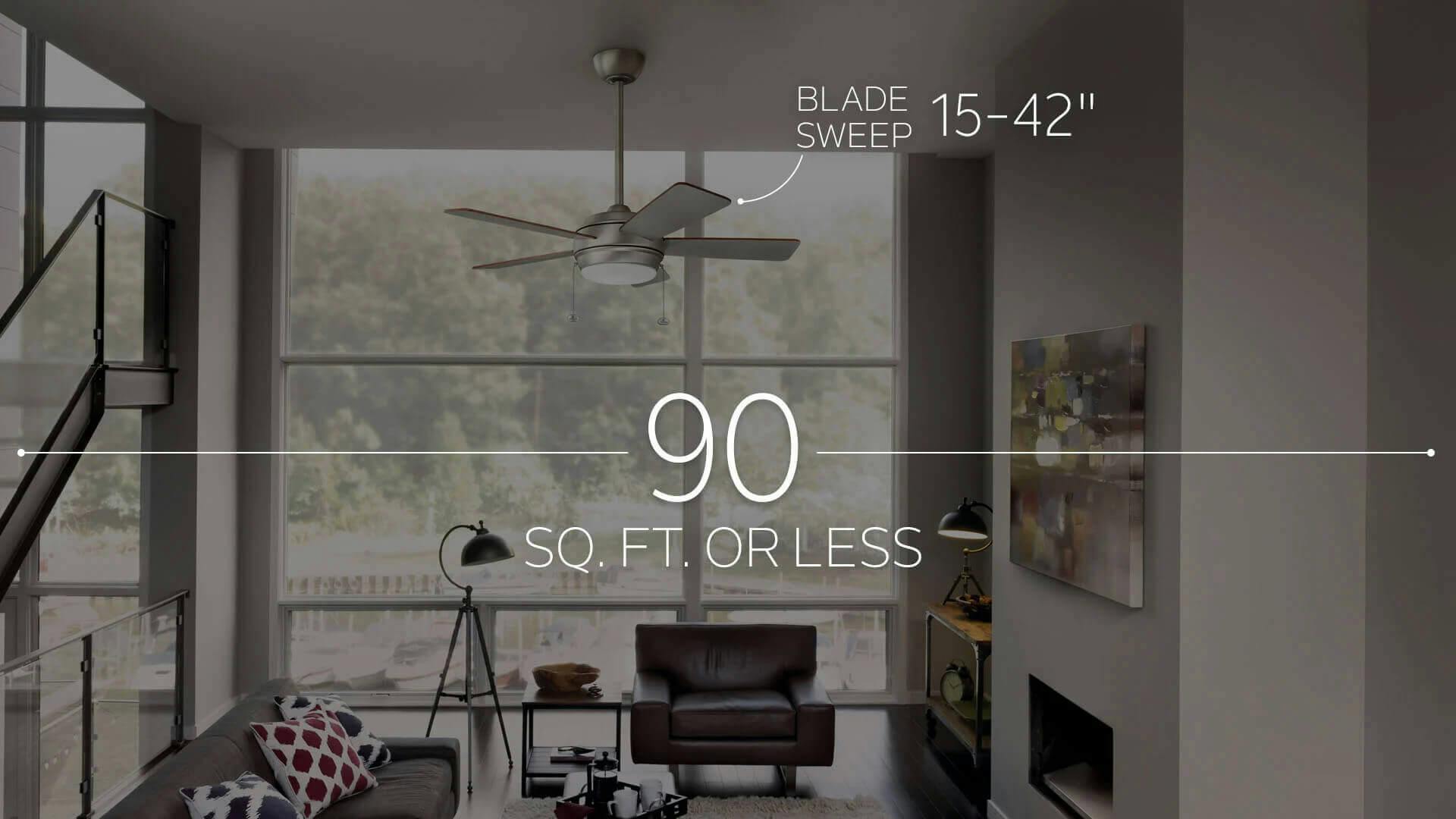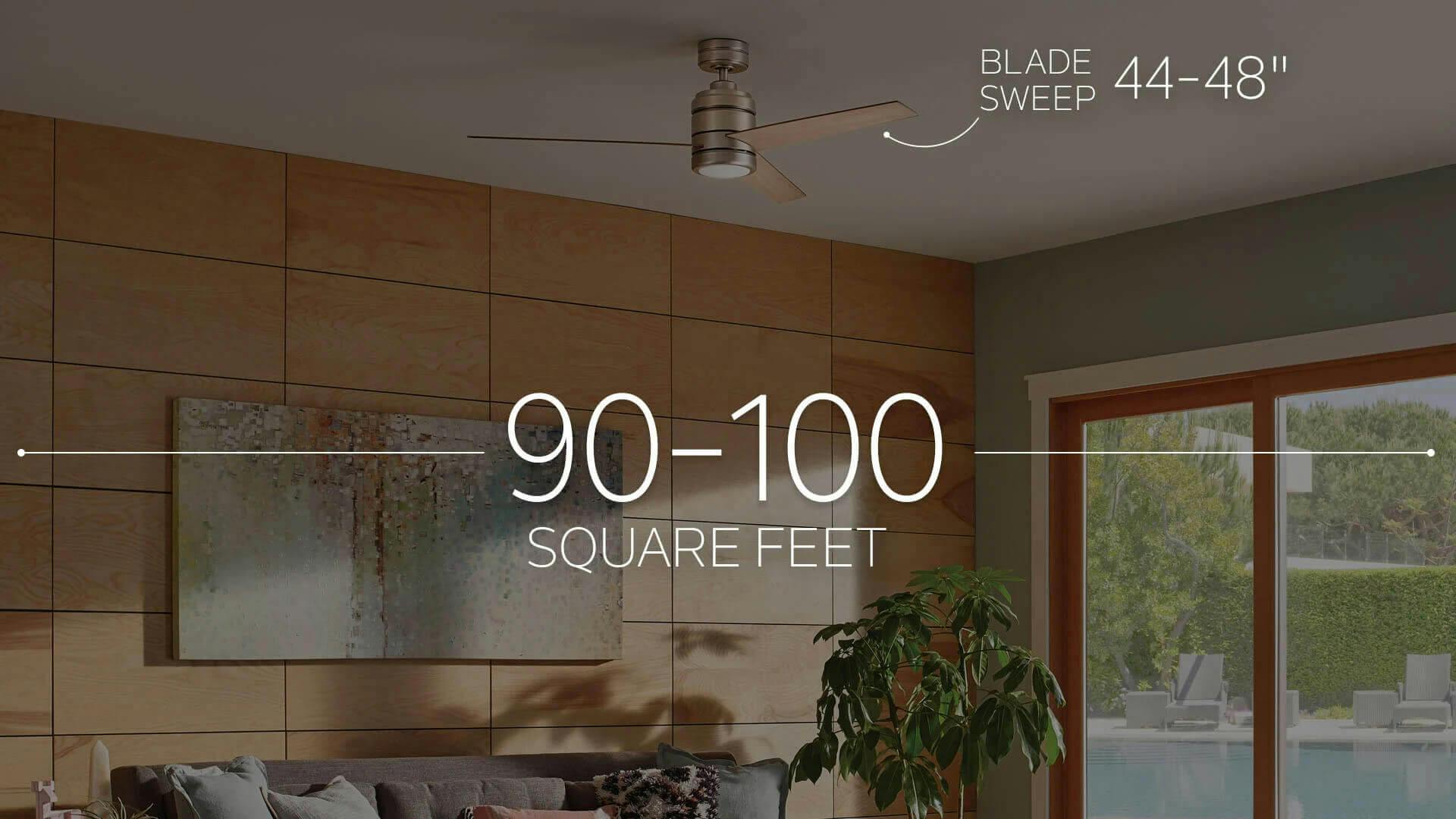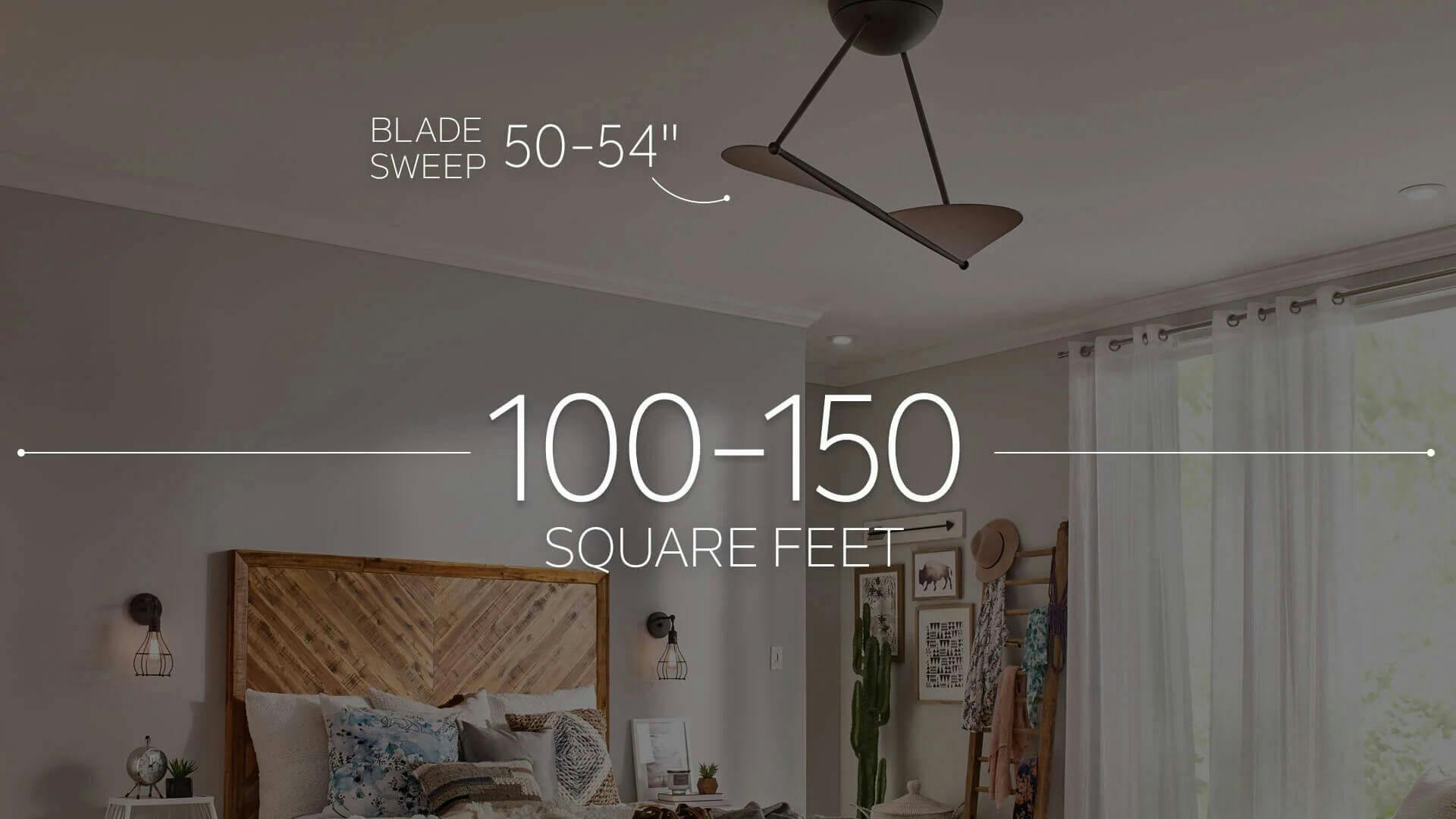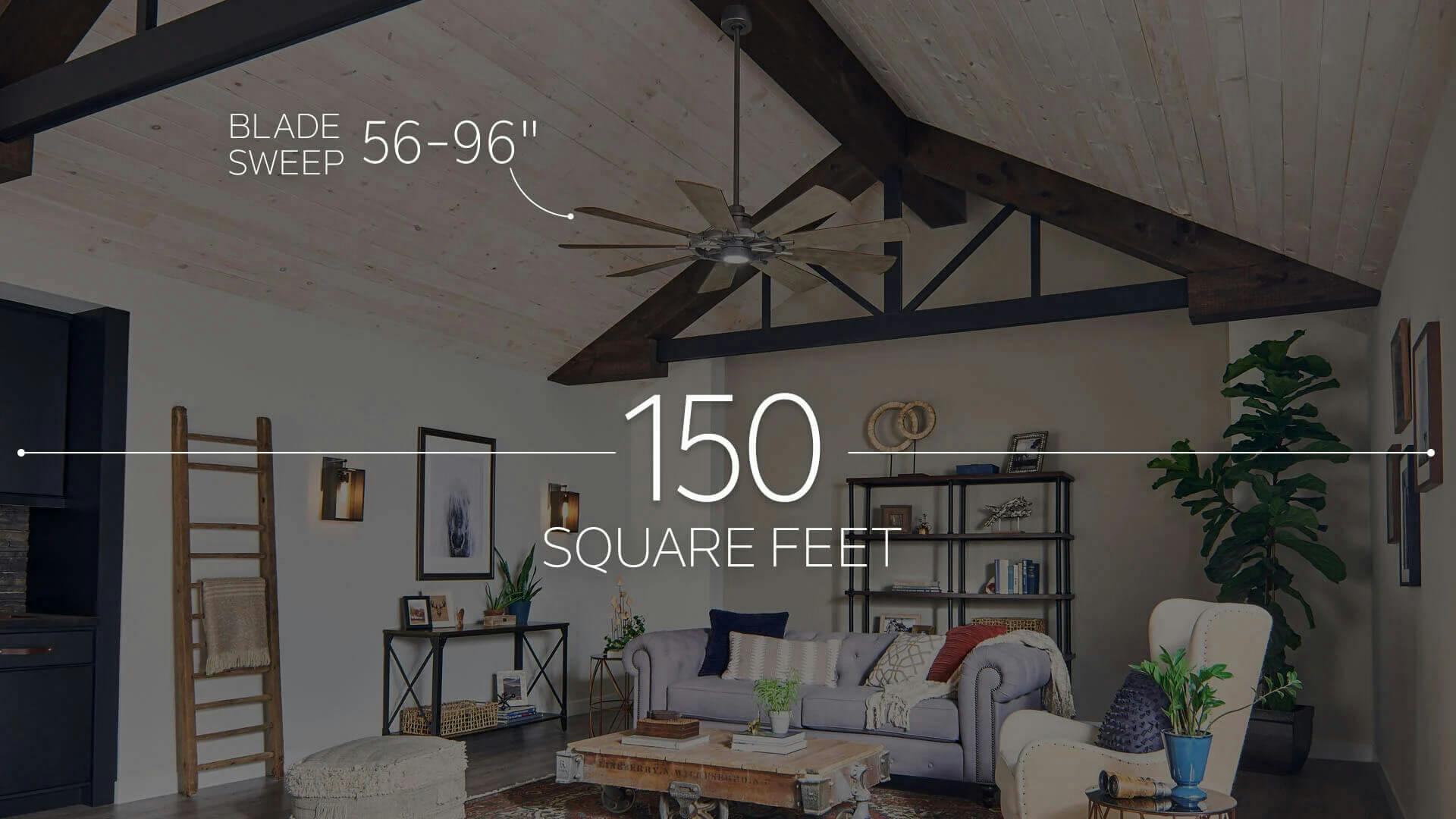
Ceiling Fan Guide
Things to Consider When Buying A Ceiling Fan
A ceiling fan is a true multitasker. Stylish focal point, comfortable breeze maker, beautiful illuminator, even an energy saver when you adjust your heating and cooling system. With so much functionality, how do you choose the fan that’s right for your space; well, consider these things when looking at your options:
Location
Where will the fan go; inside your home or outside? If it’s outside, will it be in a covered space or exposed to the elements? Spaces with direct exposure call for a ceiling fan that’s wet-rated. If the fan is going inside a sunroom or other area with walls, a damp-rated fan will do. We also offer Weather+™ products designed to withstand wet-rated weather conditions, plus combat the effect of certain environmental factors such as saltwater spray and impact from UV rays. There is Extended to a 3-year warranty on the finish performance, Hhigher durability materials (stainless steel, aluminum, or ABS housings) and 1000+ hours of concentrated water and salt spray testing requirement
Tip: Fans rated for outdoor use can also be used inside. They’re ideal for high humidity areas, like a laundry or workout room.
Style
No matter the style you are after: modern, eclectic, farmhouse-inspired, highly detailed or clean and simple. Today’s ceiling fans offer styles to fit any taste:
Modern Ceiling Fans add a clean, understated touch to open spaces.
Traditional Ceiling Fans perfectly complement rooms with classic, elegant décor.
Transitional Ceiling Fans are simple and sophisticated with minimal ornamentation.
Size
Picking the right ceiling fan size is actually easier than you think. Just determine the square footage of your room, and then find the blade size that works for your space:

For Room size: 90 square feet or less use Blades 15”–42”

For Room size: 90–100 square feet use Blades 44”–48”

For Room size: 100–150 square feet use Blades 50”–54”

For Room size: Over 150 square feet use Blades 56” or larger
Special Considerations: Have a room that’s larger than 150 square feet? Consider using multiple smaller fans. And if your ceiling is higher than 8 or 9-feet high, you will need a longer down rod (sold separately). Install residential fans with a minimum clearance of 7-1/2 feet under the blades. If you are using an industrial rated fan, a minimum of 10 feet under the blades is required.
Illumination
Most fans either come with or can have a light kit added to them. A fan light kit adds additional functionality by adding ambient lighting for a space.
Control
While every fan is controlled by some means, you often have options to add or change it. Remotes, wall controls or even multiple controls can allow you to adjust lighting, speed and the direction of the blades with additional convenience.
Airflow
A variety of factors like motor size, blade pitch and blade materials contribute to the amount of air a ceiling fan moves. Today fans are rated by airflow and airflow efficiency. These standardized ratings allow you to compare one fan to another without being an expert on motors and materials. The higher the airflow (cubic feet per minute), the more air the fan moves, and the better the airflow efficiency, the more air is moved per watt.
Motor
AC motor fans are the most common, but a DC motor may be better for your situation. DC motors use up to 70 percent less electricity than AC versions and are whisper quiet. They’re worth looking at if electric costs are high where you live or you want to minimize electrical use as much as possible.